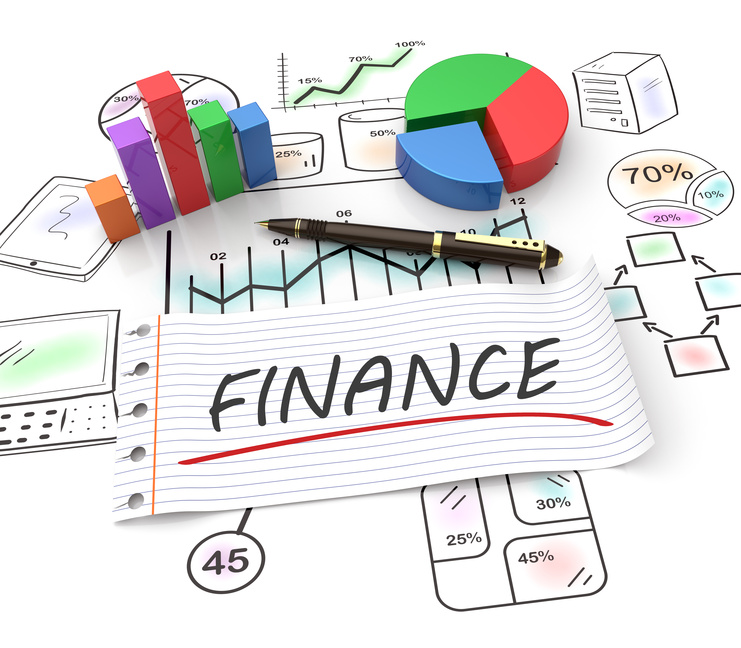

The Individual Retirement Account/Arrangement (IRA) market in the U.S. is a $4.2 trillion industry. According to the Investment Company Institute, an estimated 46 million U.S. households (about 39%) own some kind of IRA. Self-directed IRAs make up a small but ever expanding segment of this market. There are several reasons for this increase in popularity of self-directed IRAs. They give the individual more control over his/her investments. These investments are typically in assets like real estate. Self-directed IRAs also offer tax benefits.
What is a Self-Directed IRA?.
A self-directed IRA is a type of IRA that allows an individual more control over his/her investments. When you start a self-directed IRA, you’re essentially in charge of where your money will go. The clear advantage of this is that you can invest in what you believe and know to be sound options, as opposed to a financial institution making those decisions for you. This additional control of course results in additional responsibility, but if you’re confident in the assets you invest in, a self-directed IRA is the way to go.
Self Directed IRA Real Estate Loans.
The most common investment of self-directed IRAs is in real estate. Investments in real estate are relatively safe and sound. As long as rental income will result in profit, IRA borrowers can get loans on townhouses or condos with only 30-40% down. Americans can also take out a mortgage loan for as long as 30 years using an IRA loan as collateral. All loans under self-directed IRAs must be non-recourse loans. The non-recourse lender does not require a guarantee from the borrower. This means the lender is limited to repossessing the property if need be, and cannot charge for damages. The benefit of non-recourse loans through a self-directed IRA is that one has more freedom to purchase more property and thus earn more through lending and diversification.
Tax Benefits.
Another significant advantage of self-directed IRAs is that every payment to the account is tax-deductible. When one invests in higher-yielding options such as middle-market leveraged-loan funds, the investor can receive even more tax benefits. In general, most self-directed IRA investments will grow tax-free or tax-deferred.
In today’s often uncertain and turbulent economy, people are more and more cautious with their money and their investments. With a self-directed IRA, you have the power to decide for yourself which investments are sound, and how far to diversify your portfolio. With that amount of control combined with tax benefits, it’s clear why self-directed IRAs are becoming more popular every year.
